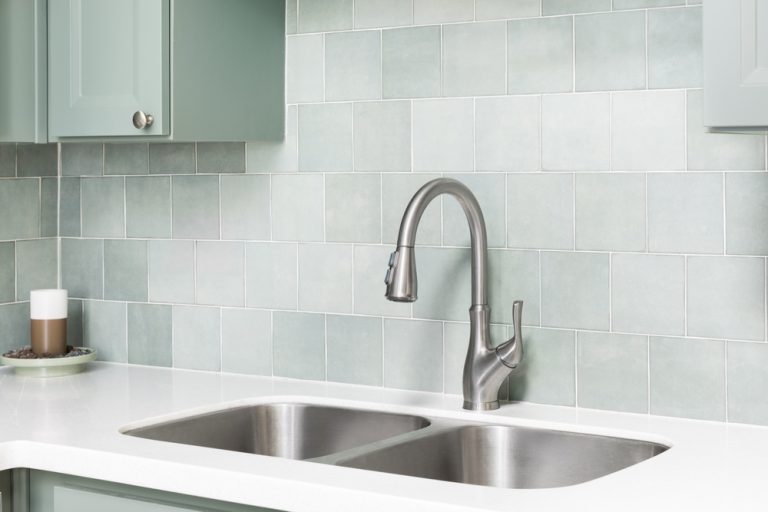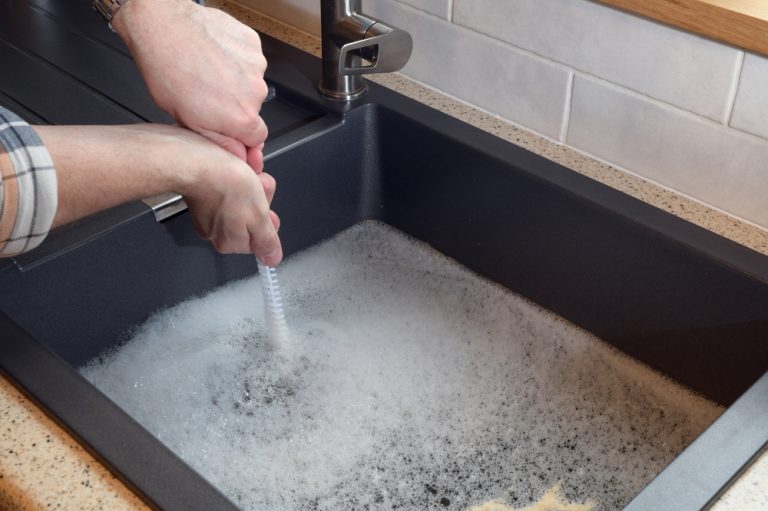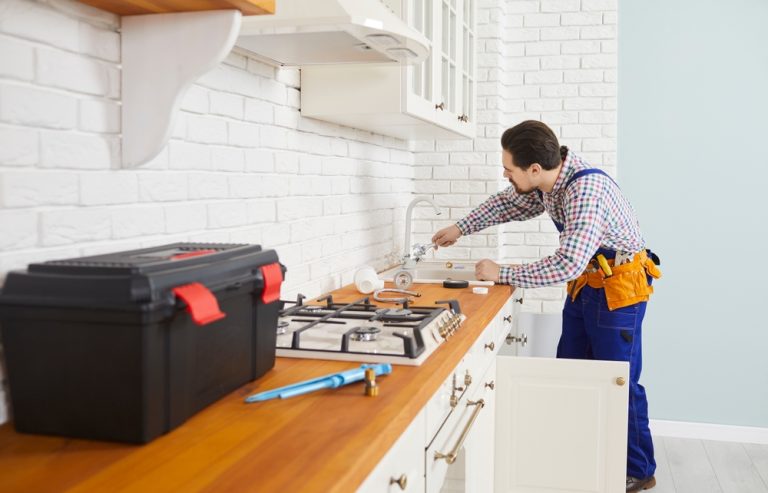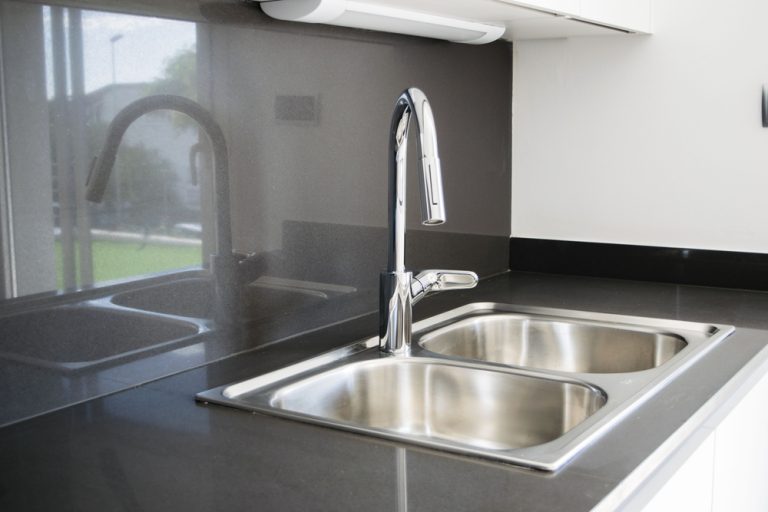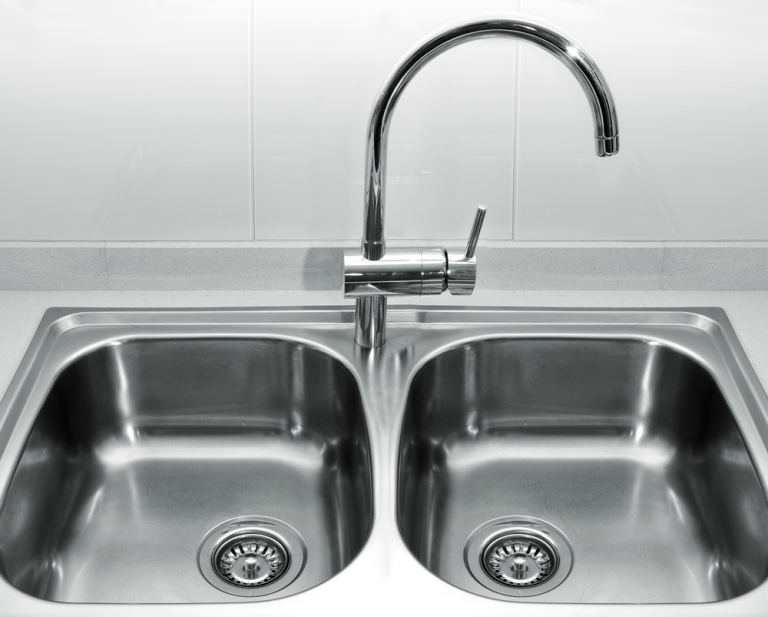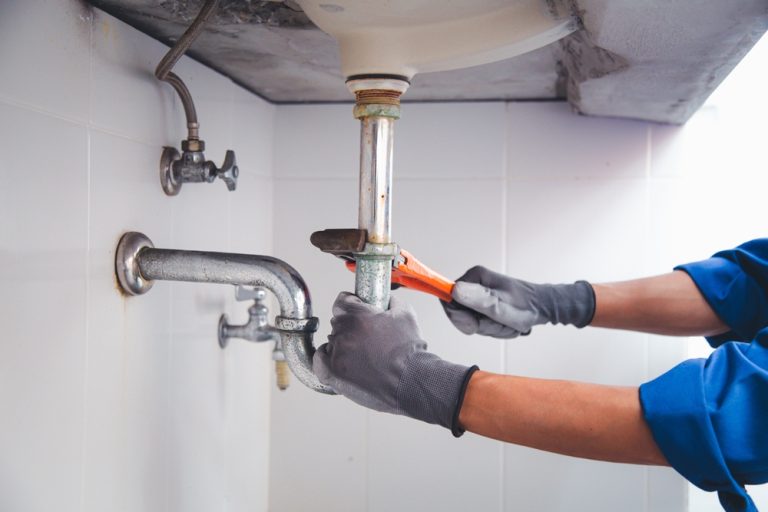How Kitchen Sink Plumbing Works?
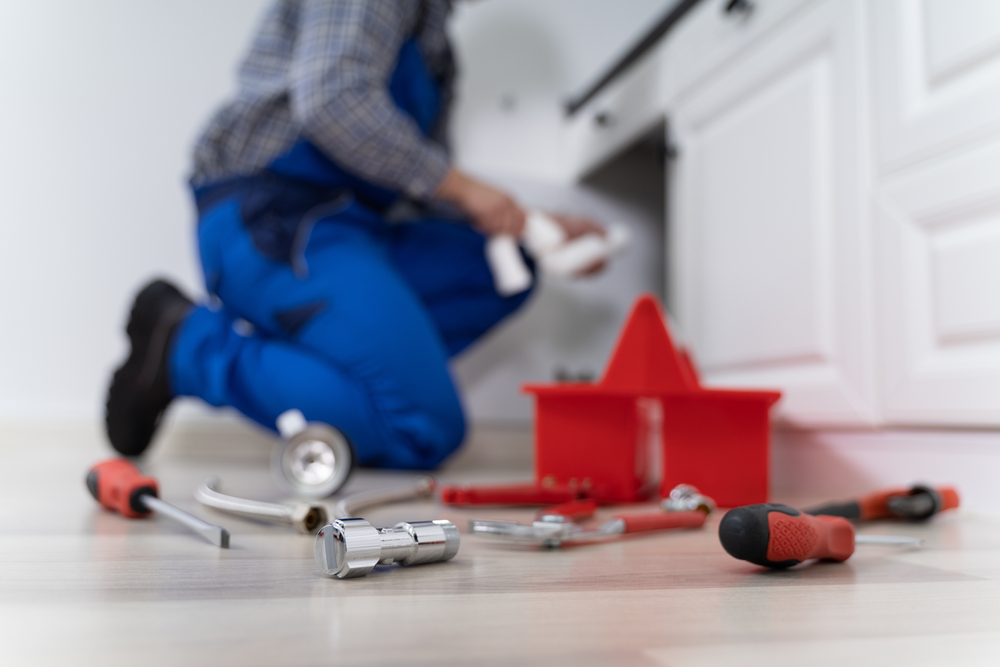
The kitchen sink is one of the most essential fixtures in any home, but have you ever wondered exactly how kitchen sink plumbing works? Understanding the components and mechanics behind your kitchen sink’s plumbing can help you troubleshoot problems, perform basic repairs, and appreciate the engineering that keeps everything flowing smoothly.
In this guide, we’ll break down the elements of kitchen sink plumbing, explain how they work together, and offer insights into maintaining a well-functioning sink.
The Basic Components of Kitchen Sink Plumbing
To understand how kitchen sink plumbing works, it’s important to familiarize yourself with the key components involved. Each part plays a crucial role in ensuring that water flows in and out of your sink efficiently.
Faucet
- Water Inlet: The faucet is the primary point where water enters the sink. It’s connected to your home’s plumbing system via water supply lines that bring in hot and cold water.
- Handles or Levers: Faucets typically have handles or levers that control the flow and temperature of the water. Single-handle faucets adjust both temperature and flow, while double-handle faucets have separate controls for hot and cold water.
Sink Basin
- Water Containment: The sink basin is the bowl where water collects. It’s usually made from materials like stainless steel, porcelain, or composite materials. The basin is designed to hold water and direct it towards the drain.
- Overflow Drain: Some sinks have an overflow drain, a secondary drain hole near the top of the basin that prevents water from spilling over if the main drain is clogged or blocked.
Strainer Basket
- Debris Catcher: The strainer basket sits at the bottom of the sink basin and covers the drain opening. It catches food particles, debris, and other solids, preventing them from entering the drainpipe and causing clogs.
Drain Pipe
- Wastewater Exit: The drain pipe is the conduit through which wastewater exits the sink. It’s connected to the bottom of the sink’s strainer basket and leads to the P-trap.
- P-Trap: The P-trap is a curved section of the drainpipe that holds a small amount of water. This water forms a seal that prevents sewer gases from rising up through the drain and into the kitchen.
Vent Pipe
- Airflow for Drainage: The vent pipe is connected to the drainpipe and extends vertically through the walls and roof of the house. It allows air to enter the plumbing system, ensuring smooth drainage and preventing airlocks that can cause slow drainage or gurgling sounds.
Garbage Disposal (Optional)
- Food Waste Grinder: A garbage disposal unit may be installed under the sink, connected to the drain. It grinds food waste into small particles that can flow easily through the plumbing system.
How Water Flows into the Kitchen Sink?
The first part of understanding how kitchen sink plumbing works involves how water enters the sink. Here’s a step-by-step breakdown of the process:
Water Supply Lines
- Hot and Cold Water Lines: Water is delivered to your kitchen sink through two main supply lines: one for hot water and one for cold. These lines are typically made from copper, PEX, or stainless steel and are connected to the home’s water heater and main water supply.
- Shut-Off Valves: Each water supply line has a shut-off valve located under the sink. These valves allow you to stop the flow of water to the sink for maintenance or repairs without affecting the rest of the house.
The Faucet
- Mixing Hot and Cold Water: When you turn on the faucet, the handles or levers control the flow of hot and cold water, mixing them to achieve the desired temperature. The mixed water then flows out of the faucet spout and into the sink basin.
- Water Pressure: The pressure of the water coming out of the faucet depends on the water pressure in your home’s plumbing system. The aerator, located at the tip of the faucet spout, mixes air with the water, reducing the flow rate without sacrificing pressure and helping to conserve water.
How Water Drains from the Kitchen Sink?
After water has been used in the sink, it needs to be drained away efficiently. Here’s how the drainage system works:
The Drain Opening
- Water Flow to the Drain: As water collects in the sink basin, gravity directs it towards the drain opening, where it flows through the strainer basket. The strainer basket helps catch debris and prevents clogs in the drainpipe.
The P-Trap
- Trapping Water: The water flows from the drain opening into the P-trap, a U-shaped section of the drainpipe. The P-trap holds a small amount of water at all times, creating a barrier that prevents sewer gases from escaping through the drain and entering your kitchen.
- Preventing Clogs: The P-trap also helps catch small objects that may accidentally fall down the drain, making it easier to retrieve them.
The Drainpipe
- Wastewater Flow: After passing through the P-trap, the wastewater continues down the drainpipe and into the home’s main drainage system. The drainpipe is typically made from PVC or metal and is connected to the main sewer line or septic system.
The Vent Pipe
- Ensuring Smooth Drainage: The vent pipe plays a crucial role in how kitchen sink plumbing works. It allows air to enter the plumbing system, which helps maintain proper pressure and prevents airlocks. Without a vent, water could drain slowly, or the drain could make gurgling noises as it struggles to maintain pressure.
Common Issues with Kitchen Sink Plumbing
Even with a well-designed plumbing system, issues can arise. Understanding how kitchen sink plumbing works can help you identify and troubleshoot common problems.
Clogged Drain
- Cause: A clogged drain is one of the most common kitchen sink issues. It’s usually caused by a buildup of food particles, grease, soap scum, or other debris in the drainpipe or P-trap.
- Solution: To clear a clogged drain, you can try using a plunger, a drain snake, or a chemical drain cleaner. Regular maintenance, such as cleaning the strainer basket and avoiding pouring grease down the drain, can help prevent clogs.
Leaky Faucet
- Cause: A leaky faucet is often due to worn-out washers, O-rings, or other internal components. Over time, these parts can wear out, causing water to drip from the faucet even when it’s turned off.
- Solution: Replacing the worn components usually solves the problem. In some cases, you may need to replace the entire faucet if it’s old or heavily damaged.
Slow Drainage
- Cause: Slow drainage can occur if there’s a partial clog in the drainpipe or if the vent pipe is blocked. It can also be caused by a buildup of debris in the P-trap.
- Solution: Clearing the drainpipe or P-trap and ensuring the vent pipe is unobstructed should restore normal drainage. Regular cleaning and maintenance can help prevent slow drainage issues.
Bad Odors
- Cause: Bad odors coming from the kitchen sink are usually caused by food particles or grease trapped in the drain or P-trap. Over time, these can decompose and produce unpleasant smells.
- Solution: To eliminate odors, clean the P-trap and use a mixture of baking soda and vinegar to flush out the drain. Running the garbage disposal with ice cubes and citrus peels can also help freshen the sink.
Maintenance Tips for a Well-Functioning Kitchen Sink
To keep your kitchen sink plumbing in top condition, regular maintenance is key. Here are some tips to ensure everything continues to run smoothly:
Clean the Strainer Basket Regularly
- Prevent Clogs: Cleaning the strainer basket regularly helps prevent food particles and debris from entering the drainpipe and causing clogs.
Avoid Pouring Grease Down the Drain
- Prevent Buildup: Grease can solidify in the drainpipe, leading to clogs and slow drainage. Instead of pouring grease down the drain, dispose of it in a container and throw it in the trash.
Flush the Drain Monthly
- Keep Drains Clear: Flush the drain with hot water and a mixture of baking soda and vinegar once a month to remove any buildup and keep the pipes clear.
Inspect for Leaks
- Prevent Water Damage: Regularly check under the sink for any signs of leaks, such as water stains, puddles, or a musty smell. Addressing leaks promptly can prevent water damage and mold growth.
Conclusion
Understanding how kitchen sink plumbing works provides valuable insight into maintaining a functional and efficient kitchen. By knowing the components involved and how they interact, you can troubleshoot common issues, perform basic repairs, and ensure your kitchen sink remains in top condition.
Regular maintenance, such as cleaning the strainer basket, avoiding grease buildup, and inspecting for leaks, can go a long way in preventing problems and extending the life of your plumbing system. Whether you’re a DIY enthusiast or just want to keep your home in good shape, knowing how your kitchen sink plumbing works is an essential part of homeownership.

